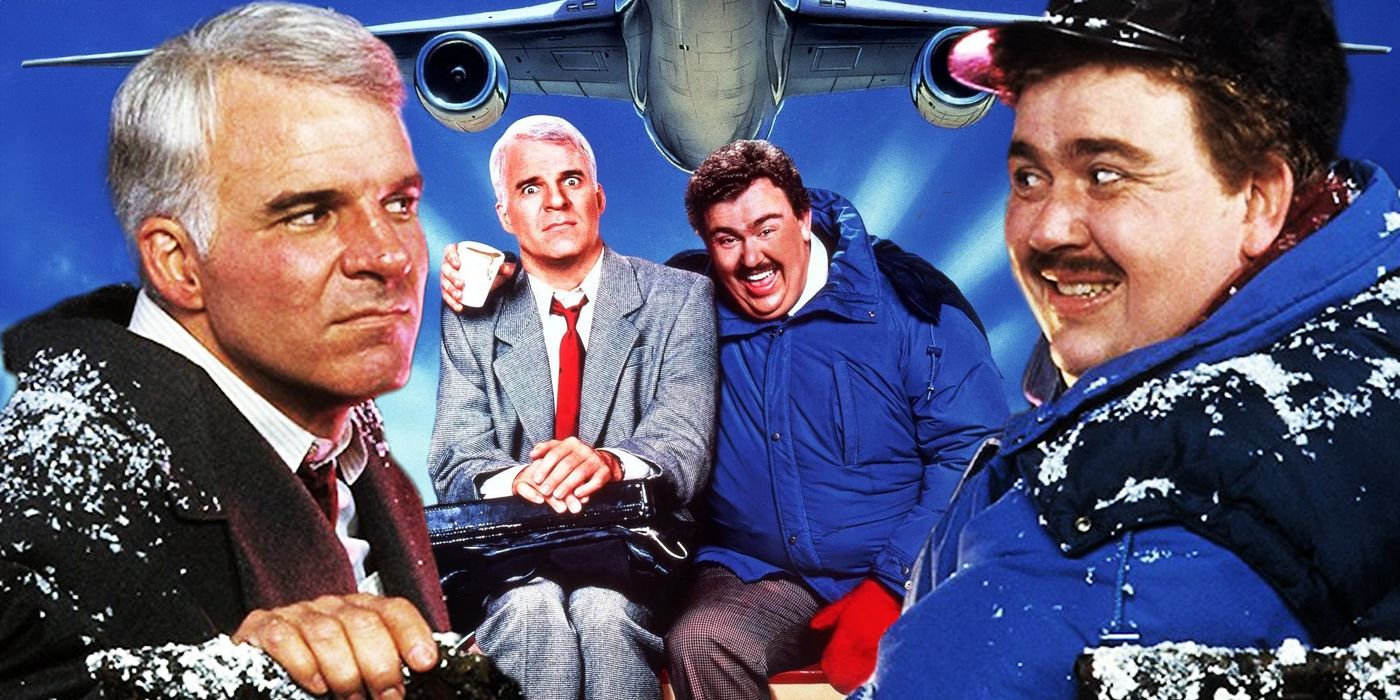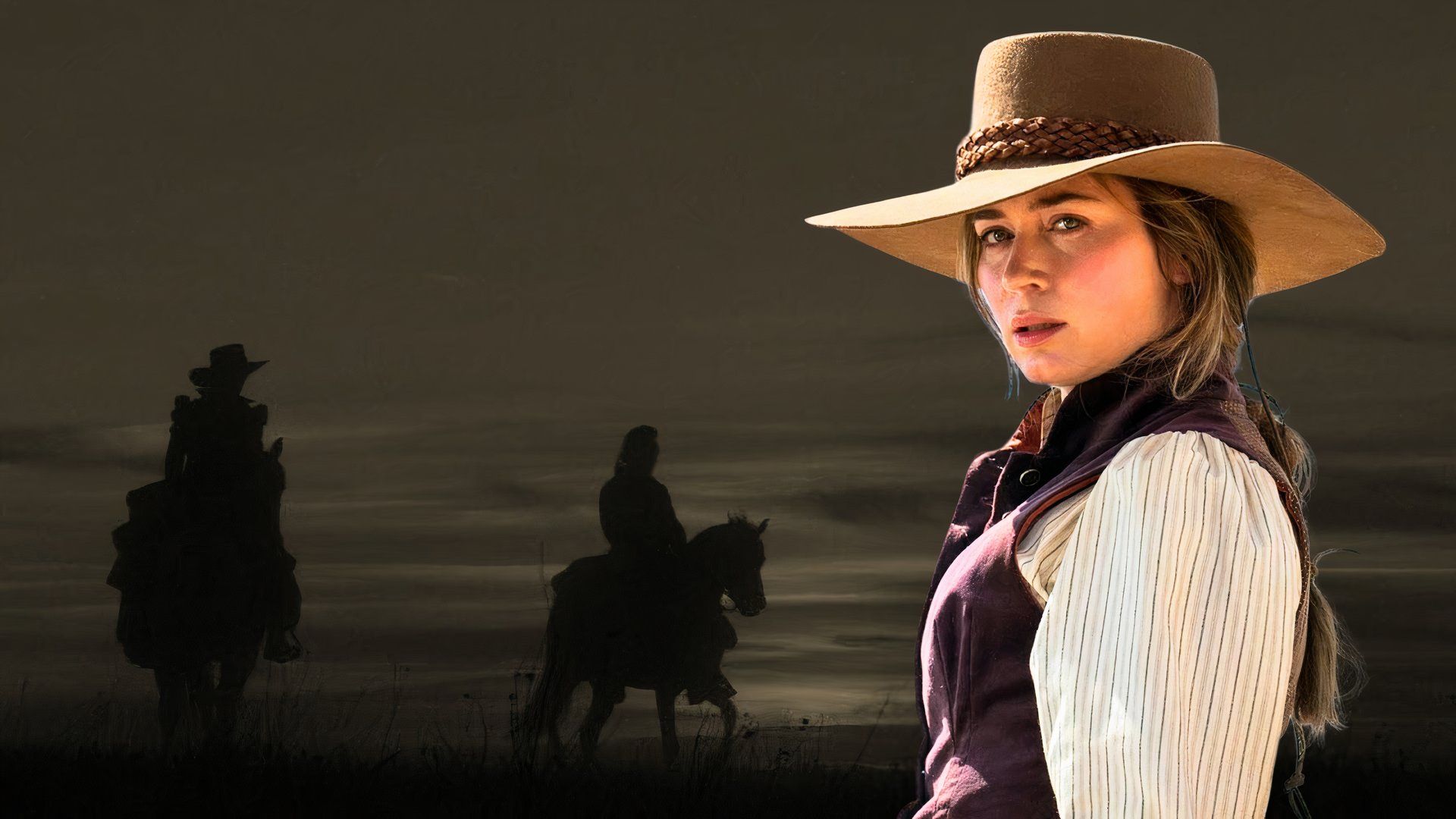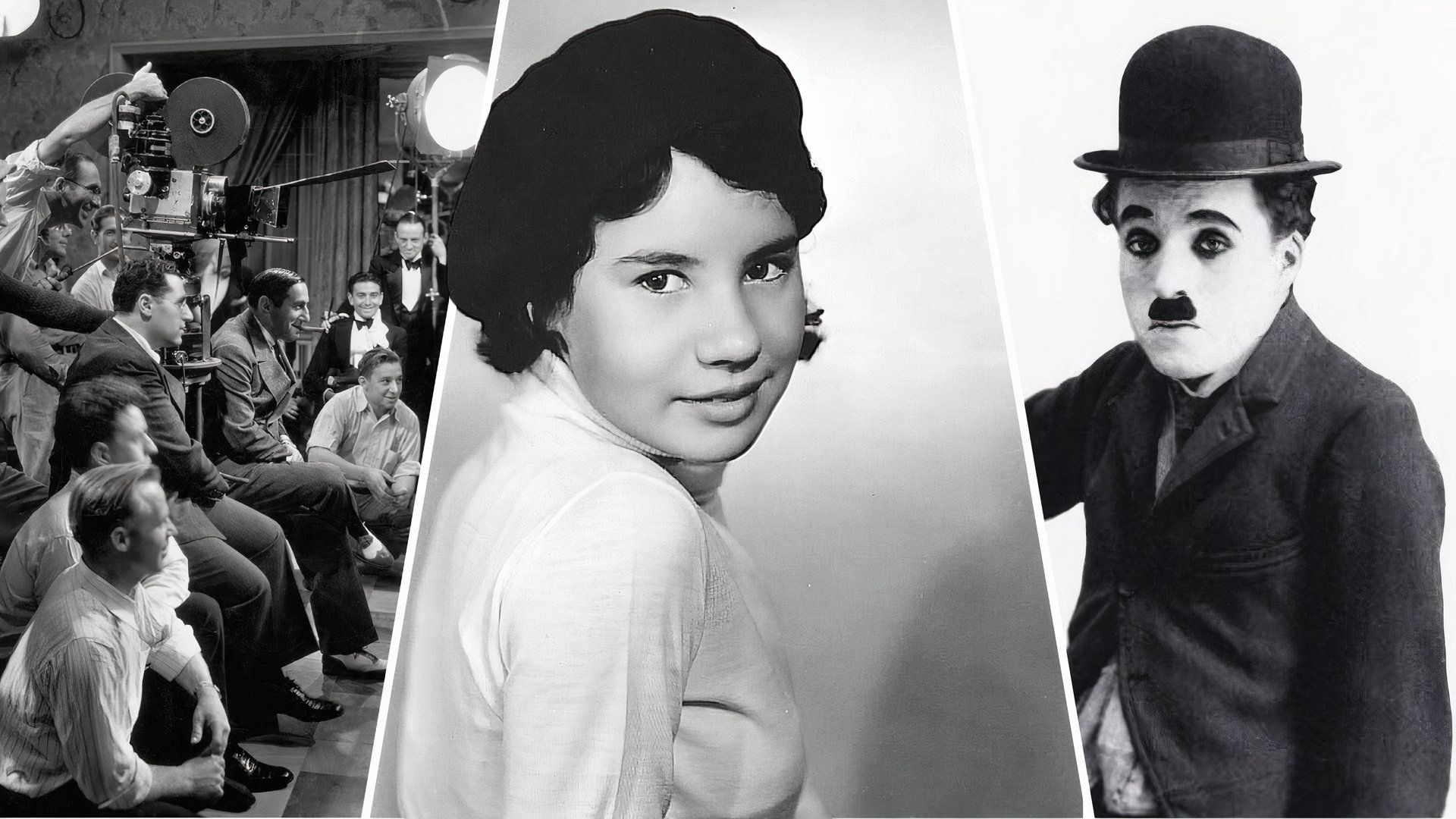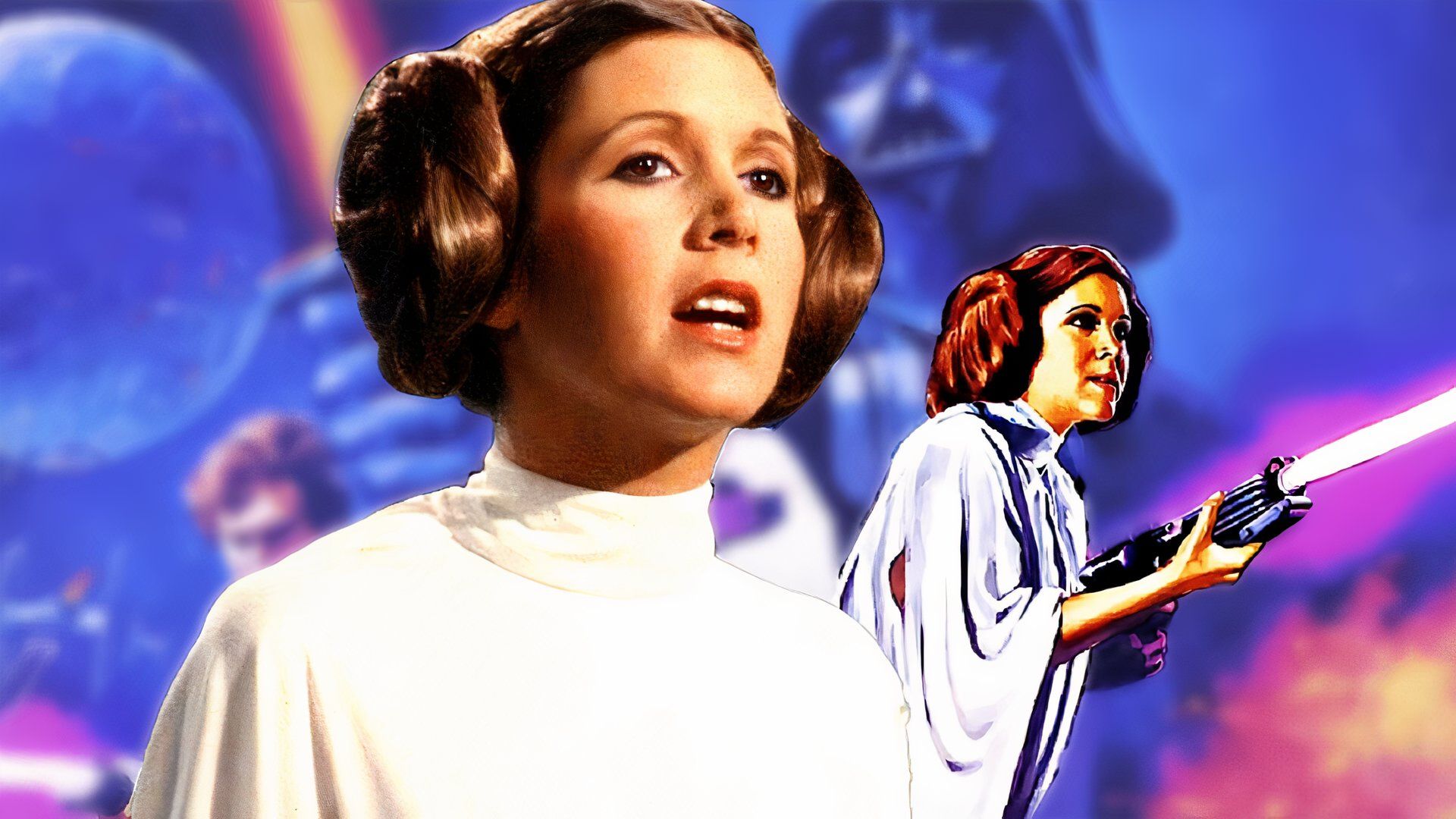Summary
- Planes, Trains and Automobiles is John Hughes’ most complete and affecting film, with iconic comedic scenes and a deeply moving viewing experience.
- The film’s central dynamic between Del and Neal is established in the opening sequence, as Del continually tries to please Neal, who finds him highly annoying.
- Despite taking place around Thanksgiving, the film’s universal themes of acceptance, forgiveness, and thankfulness, along with the setting, make it an excellent viewing during Christmastime.
The beloved 1987 comedy-drama film Planes, Trains and Automobiles marked John Hughes’ first directorial foray outside the teen film genre, which Hughes, of course, revolutionized with the films The Breakfast Club, Ferris Bueller’s Day Off, Pretty in Pink, and Sixteen Candles.
While Anthony Michael Hall and Molly Ringwald became muses for Hughes within the teen film genre, Planes, Trains and Automobiles gave Hughes a new muse in the form of star John Candy, who had co-starred in the classic 1983 Hughes-written comedy film National Lampoon’s Vacation. The ensuing collaboration between Candy and Hughes encompassed the movies The Great Outdoors, Home Alone, Only the Lonely, and Uncle Buck, which Hughes variously directed and produced between 1988 and 1991.
Planes, Trains and Automobiles provided Candy with the best role of his career in Del Griffith, a down-and-out shower curtain ring salesman who becomes a constant source of irritation for Steve Martin’s Neal Page, an uptight advertising executive who finds himself trapped in Del’s company while attempting to get to Chicago for Thanksgiving dinner with Neal’s family.
Moreover, despite the fact that the snow-covered Planes, Trains and Automobiles is set around Thanksgiving, the film’s universal holiday themes of acceptance, forgiveness, and thankfulness have enabled the movie to resonate with audiences of all ages at seemingly every time of the year, especially at Christmastime.
John Candy and Steve Martin Are the Perfect Odd Couple in Planes, Trains and Automobiles
Planes, Trains and Automobiles is grounded in the splendid comedic chemistry that exists between stars John Candy and Steve Martin, whom John Hughes enabled to explore the full range of their comedic personas for the purpose of bringing these characters and the film toward a joyous, redemptive conclusion.
Indeed, Hughes trusted Candy and Martin, and their characters, so completely that Hughes allowed Candy and Martin, as Del Griffith and Neal Page, to be alternately obnoxious and unlikable throughout much of the film before the characters eventually arrive at a place of mutual affection and trust.
Best John Hughes Movies, Ranked
The prolific director defined a generation with his classic films. These are the best John Hughes movies, ranked.
The arc of the relationship between Del and Neal is established in the opening sequence of the film, which opens in New York City, as Neal attempts to hail a cab to get to the airport, where Neal is supposed to catch a flight home to Chicago.
However, when Neal finds an available cab, Del enters the cab. After eventually boarding his flight, Neal is shocked to find himself sitting next to Del, who apologizes profusely for taking the taxi. This establishes the central dynamic of this relationship, in which Del continually attempts to please Neal, who desperately wants to be free of Del, whom Neal finds extremely annoying.
While most of the laughs in Planes, Trains and Automobiles are generated by the absurdist ways in which fate intervenes to force Del and Neal to remain attached to each other throughout the rest of the film, these comedic situations nonetheless build toward scenes of great emotion.
In the film’s most poignant scene, Neal, after being forced to share a motel room with Del, unleashes a litany of criticisms of Del to Del, who responds to this by revealing his own feelings of hurt and loneliness, which are fully revealed in the film’s touching closing scenes.
Planes, Trains and Automobile Is John Hughes’ Best Film
While several of John Hughes’ films, especially his high school-oriented films, have certainly made an indelible impression on cinema and pop culture, Planes, Trains and Automobiles represents Hughes’s most affecting and satisfying film.
Planes, Trains and Automobiles is Hughes’ most complete film. While Hughes’s high school films, from Sixteen Candles to Some Kind of Wonderful, are remembered for their various iconic images and set pieces, Planes, Trains and Automobiles maintains its inspiration from start to finish. Virtually every comedic scene in the film has, to varying degrees, achieved iconic status.
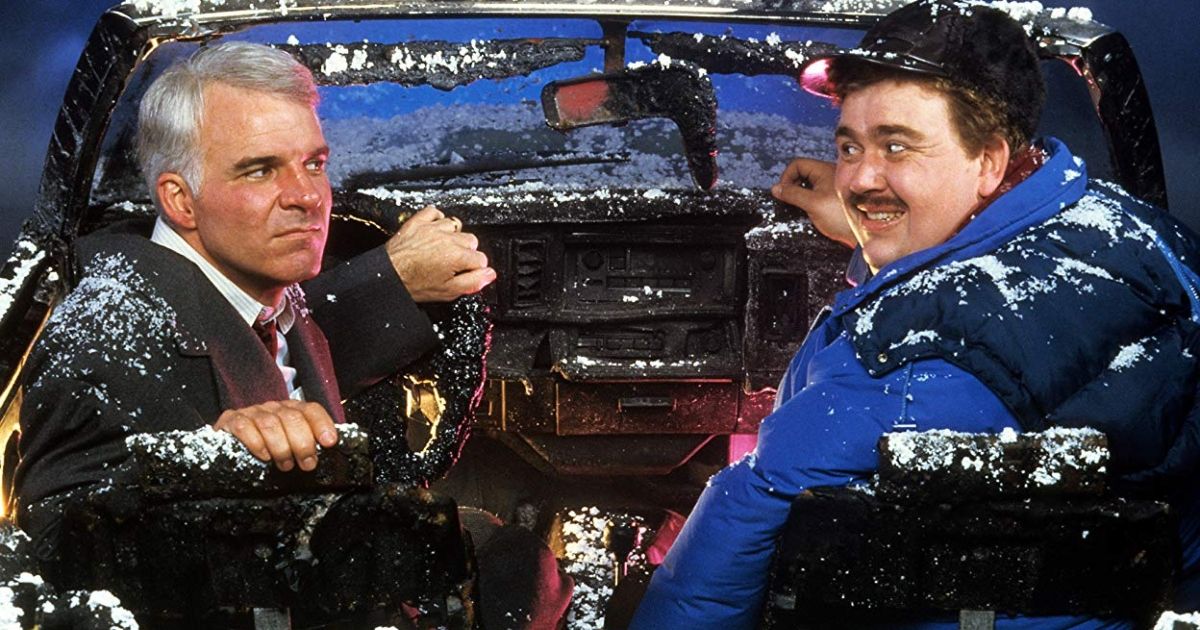
John Candy’s Funniest Roles, Ranked
Ranking the funniest roles from one of the funniest actors of all time, John Candy.
Moreover, Planes, Trains and Automobiles also represents a deeply moving viewing experience, which has only intensified over time, especially following John Candy’s death in 1994 and Hughes’ death in 2009.
As Hughes provided Candy, through the role of Del, with the best role of Candy’s generally uneven film career, Planes, Trains and Automobiles not only serves as a testament to their collaboration but also suggests that Candy and Hughes will, at least in a cosmic sense, always be together.
Watching Planes, Trains and Automobiles Has Become a Holiday Tradition
Planes, Trains and Automobiles, which was released in 1987 on the Wednesday before Thanksgiving, is a Christmas film in virtually every respect except for the film’s Thanksgiving setting.
Aesthetically, Planes, Trains and Automobiles, in which snow prevents the film’s central characters from traveling from New York to Chicago at seemingly every turn, very much feels and looks like a Christmas film. If John Hughes had merely changed the film’s setting to Christmas, the transition would be seamless.
However, it is the emotional aspect of Planes, Trains and Automobiles that most clearly defines the movie as being a distinctly Christmas-oriented film, specifically in terms of the film’s core theme of loneliness,
Of course, loneliness is embodied in the film through John Candy’s Del Griffith character, who eventually reveals himself to Steve Martin’s Neal Page as a lonely drifter and widower who is essentially homeless.
This revelation, which is followed by Neal’s invitation to Del to join Neal and Neal’s family for Thanksgiving dinner and the final image of a grateful Del entering Neal’s house, completes the arc of the relationship between Del and Neal in the most satisfying, touching way possible and establishes Planes, Trains and Automobiles as a film that transcends its holiday setting to become a uniquely timeless viewing experience.
Stream Planes, Trains and Automobiles on Paramount+
